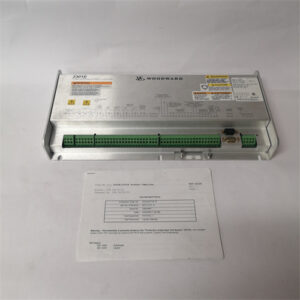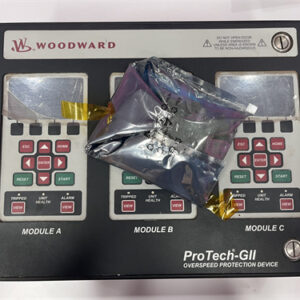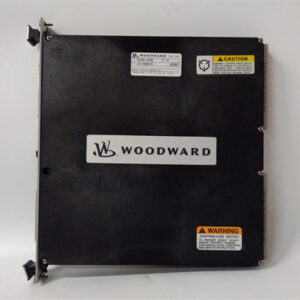الوصف
The WOODWARD 5466-5002 is a specialized Speed Sensor Module within Woodward’s MicroNet Digital Control series. This module stands out because it offers a combination of speed input types to provide comprehensive rotational speed monitoring.
Specifically, the 5466-5002 is configured as a 4-channel module that accepts inputs from three MPU (Magnetic Pick-Up) sensors and one Proximity Probe (Eddy Probe). This combination provides versatility, allowing the system to leverage the strengths of both sensor types for different aspects of speed monitoring and protection.
1. SEO-Optimized Titles:
- WOODWARD 5466-5002: MicroNet 3 MPU / 1 Prox Speed Sensor Module.
- WOODWARD 5466-5002: Combined MPU and Proximity Probe Speed Input.
- WOODWARD 5466-5002: 4-Channel Hybrid Speed Input for Woodward Control.
- WOODWARD 5466-5002: Industrial Speed Monitoring with Mixed Sensor Types.
- WOODWARD 5466-5002: MicroNet Plus/TMR Combination Speed Module.
- WOODWARD 5466-5002: Woodward Speed Sensor for Diverse Machine Needs.
- WOODWARD 5466-5002: High-Accuracy Speed Sensing for Rotating Machinery.
- WOODWARD 5466-5002: Woodward Module for Comprehensive Speed & Zero-Speed Detection.
- WOODWARD 5466-5002: Digital Control Speed Input with MPU & Eddy Probe.
2. Product Overview:
The WOODWARD 5466-5002 is a 4-channel Speed Sensor Module designed for use with Woodward’s MicroNet Digital Control Series (including MicroNet Plus and often compatible with MicroNet TMR systems). This module uniquely supports a combination of speed sensor inputs: three channels for Magnetic Pick-Up (MPU) transducers and one channel for an Eddy Probe (Proximity Probe) transducer. This hybrid design provides flexibility for different speed measurement requirements, including high-speed and very low-speed (even zero-speed) detection for critical machinery control and protection.
- Product Type: Speed Sensor Module
- Manufacturer: Woodward
- Series: MicroNet Digital Control (MicroNet Plus, MicroNet TMR)
- Channels: 4 channels total
- Input Types: 3 x Magnetic Pick-Up (MPU), 1 x Eddy Probe (Proximity Probe)
- Function: Measures and processes rotational speed for control, protection, and alarming.
3. Detailed Product Description:
For complex rotating machinery, a single type of speed sensor might not provide all the necessary information for robust control and protection across the entire operational range. The WOODWARD 5466-5002 addresses this by offering a versatile combination of speed input technologies within a single module for the MicroNet Plus and MicroNet TMR systems.
The 5466-5002 is a 4-channel Speed Sensor Module that slots directly into a MicroNet chassis. Its unique configuration allows it to simultaneously process:
- Three channels from Magnetic Pick-Up (MPU) sensors: MPU sensors are highly reliable for detecting teeth on a gear or shaft, providing robust speed signals, especially at higher RPMs. These are ideal for main shaft speed, critical overspeed detection, and general speed control.
- One channel from an Eddy Probe (Proximity Probe): Eddy probes excel at measuring very low speeds (down to 1 Hz or even zero speed) and also provide precise shaft position/phase information. This is crucial for applications like precise synchronization, validating a “machine at rest” condition, or providing a phase reference for vibration analysis.
By combining these sensor types, the 5466-5002 offers a comprehensive solution for diverse speed monitoring needs. The data from each channel is processed independently, filtered for noise, and then transmitted to the main CPU. The CPU then uses this accurate speed information for critical control functions such as:
- Precise Speed Control: From extremely low (using the Eddy Probe) to high operational speeds.
- Acceleration/Deceleration Control: Managing transitions smoothly and safely.
- Overspeed Protection: Employing multiple, often redundant, speed signals (like 2-out-of-3 voting with MPU inputs) for fail-safe shutdown if critical limits are exceeded.
- Zero Speed Detection: Confirming the machine has completely stopped for maintenance or safety interlocks.
- Synchronization: Matching speeds for generator paralleling.
Like other modern Woodward speed modules, the 5466-5002 features a no-potentiometer, no-calibration design. This simplifies installation, replacement, and maintenance, reducing the potential for human error. It’s compatible with a wide range of MicroNet CPUs, and is designed for use in both simplex and redundant control systems, offering flexibility to meet various application requirements. It operates with Coder Version 4.06 or later for programming and configuration.
Key Features and Benefits:
- Hybrid Speed Input: Combines 3 MPU channels and 1 Eddy Probe channel for versatile speed measurement, covering both high and very low RPMs.
- Comprehensive Monitoring: Provides robust speed data for main control, precise low-speed operation, overspeed protection, and sometimes phase information.
- 4 Independent Channels: Allows for monitoring multiple points or redundant measurement for critical applications.
- No Calibration Required: Simplifies installation and replacement; no manual adjustments are needed.
- Robust Signal Processing: Includes filtering and conditioning to ensure stable and accurate readings in noisy industrial environments.
- Wide Compatibility: Integrates seamlessly with MicroNet Plus and MicroNet TMR control systems.
- Designed for Industrial Environments: Built to withstand harsh conditions, ensuring long-term reliability.
Technical Specifications:
Typical Applications:
The WOODWARD 5466-5002 is ideal for applications requiring diverse and highly accurate speed measurement capabilities for critical rotating machinery.
- Gas and Steam Turbines: Providing robust overspeed protection using MPU inputs, while also enabling precise control during very low-speed startups and shutdowns (including zero-speed detection) using the Eddy Probe input.
- Compressors: Monitoring main shaft speed with MPU, and providing precise speed/phase information for surge control or vibration diagnostics with the Eddy Probe.
- Generators: Ensuring precise speed measurement for synchronization to the grid and reliable overspeed protection.
- Diesel and Gas Engines: For governing and comprehensive speed monitoring across the full operating range.
- Complex Process Equipment: Any industrial application where both high-speed and very low-speed sensing, along with potential shaft position information, is critical for control and safety.


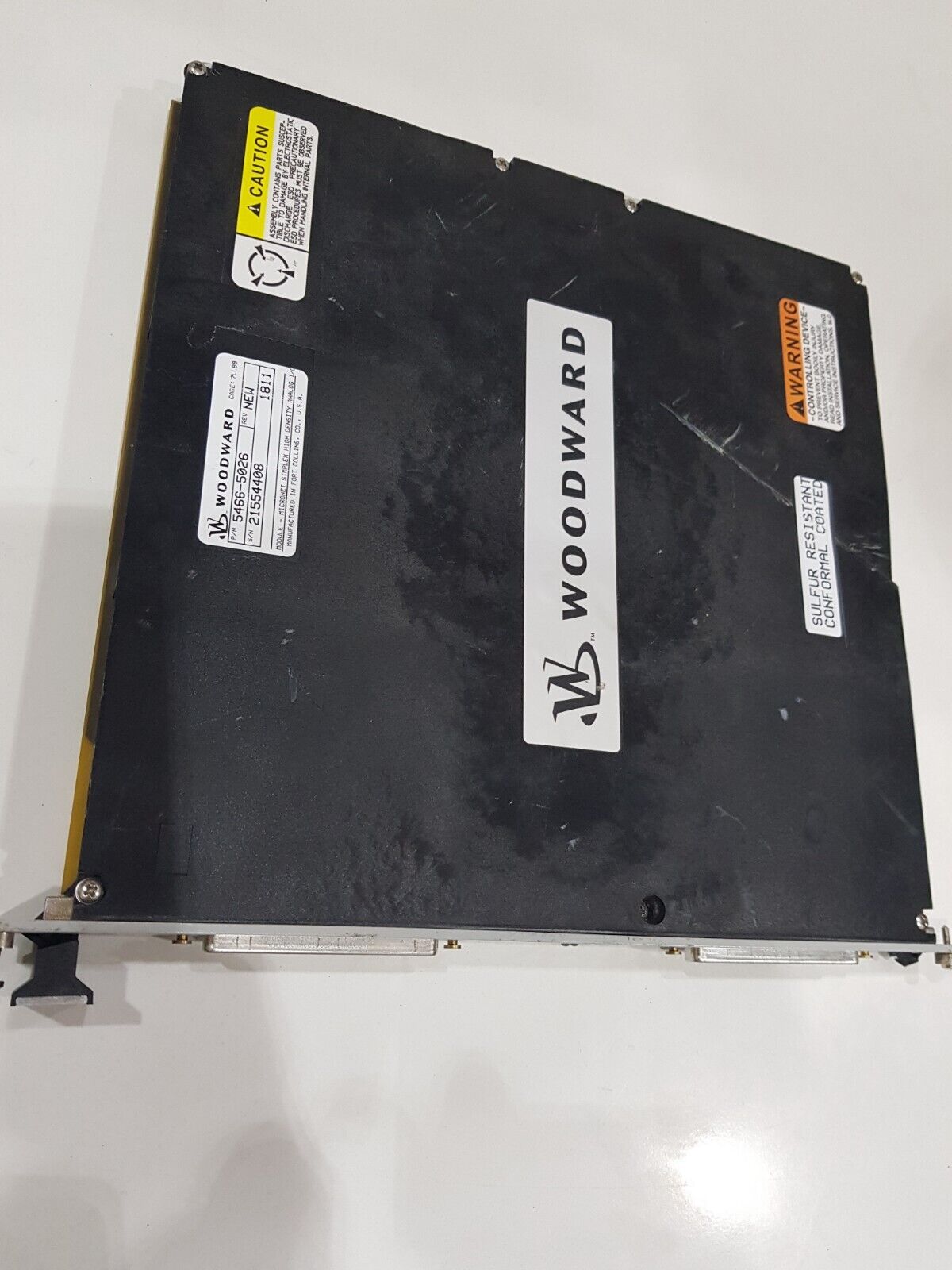
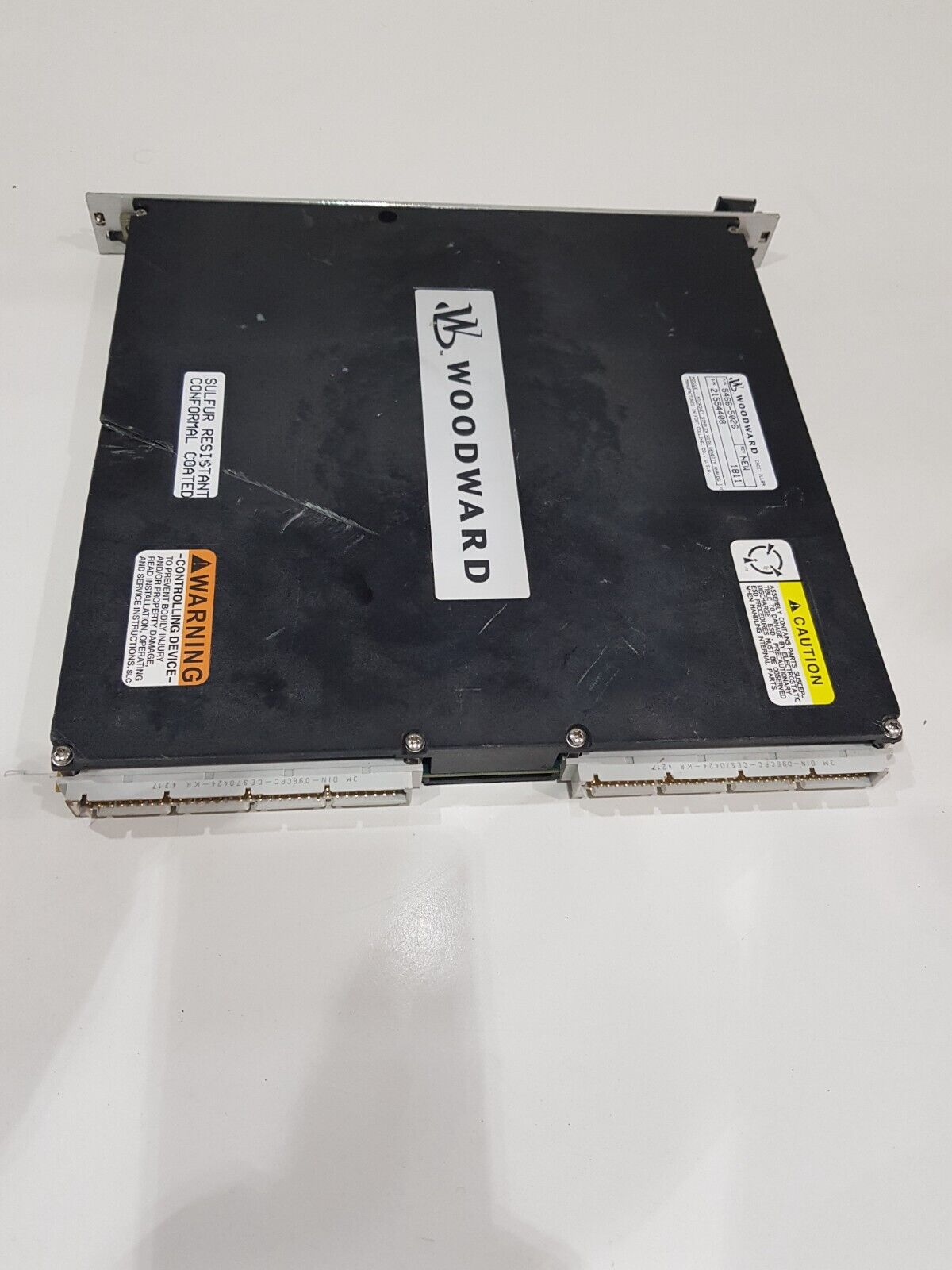

 +86 15340683922
+86 15340683922 +86 15340683922
+86 15340683922